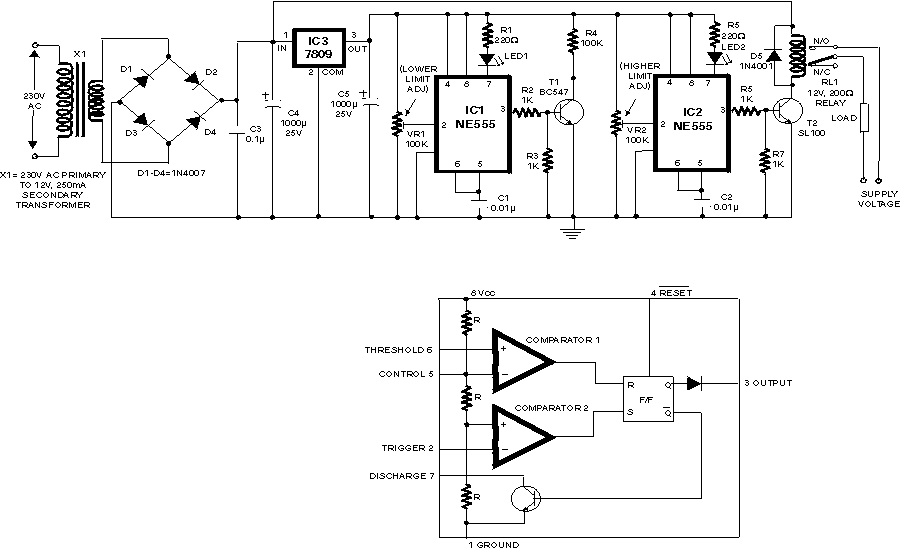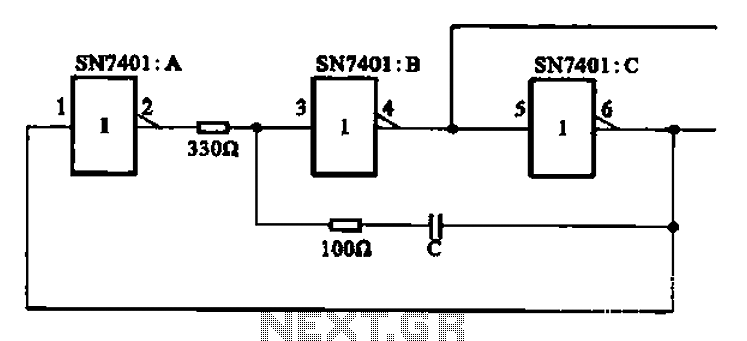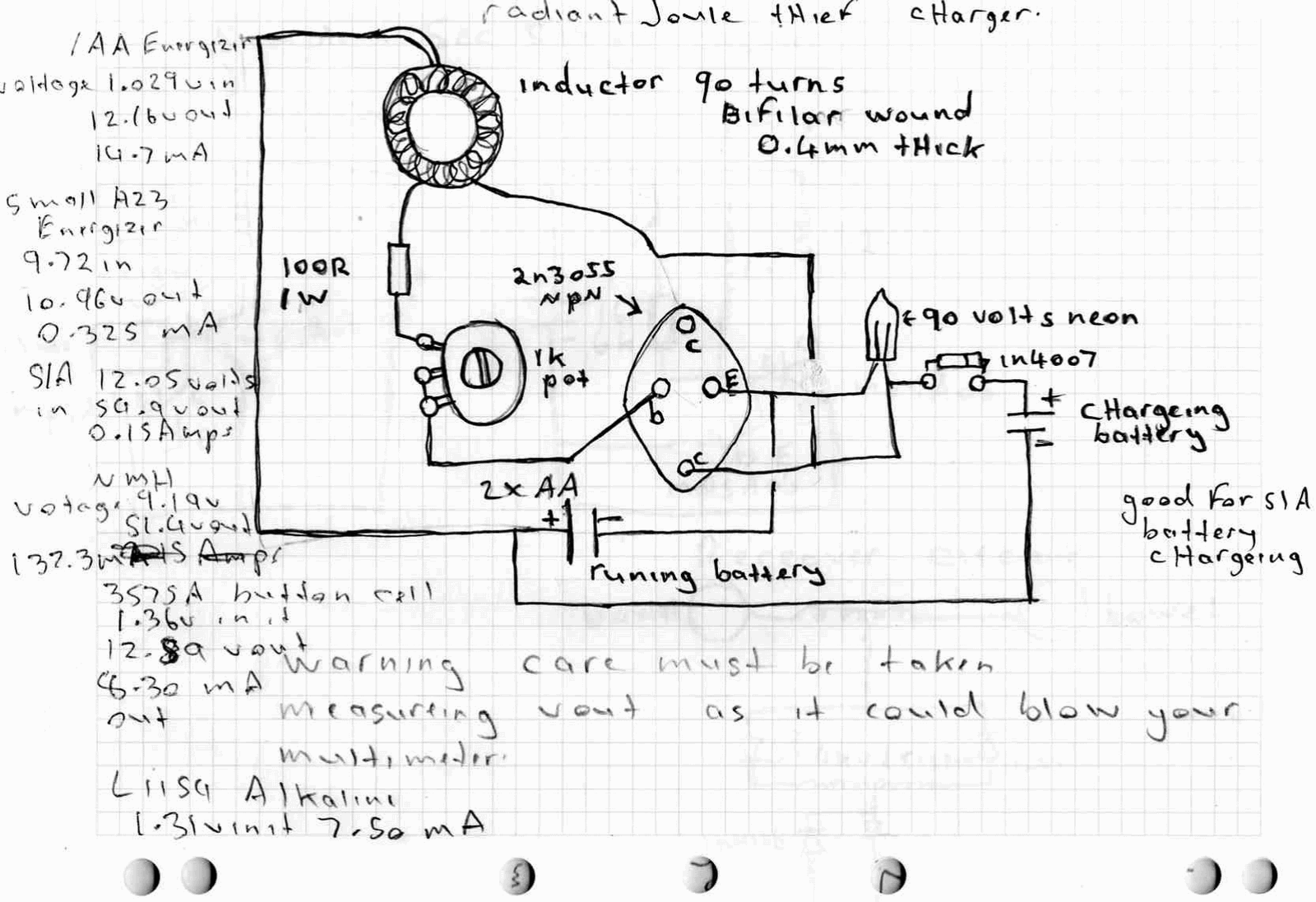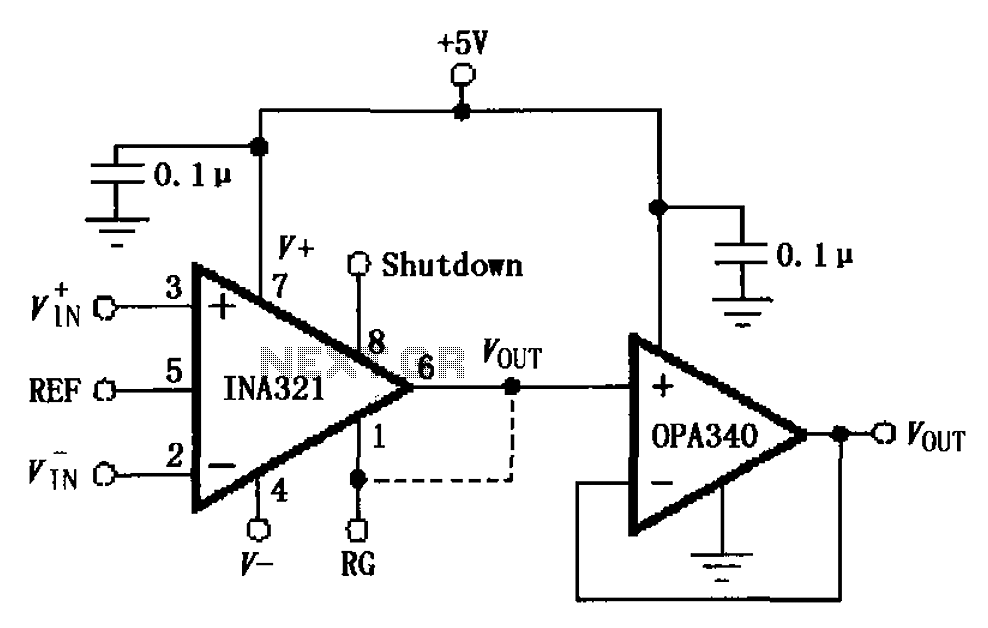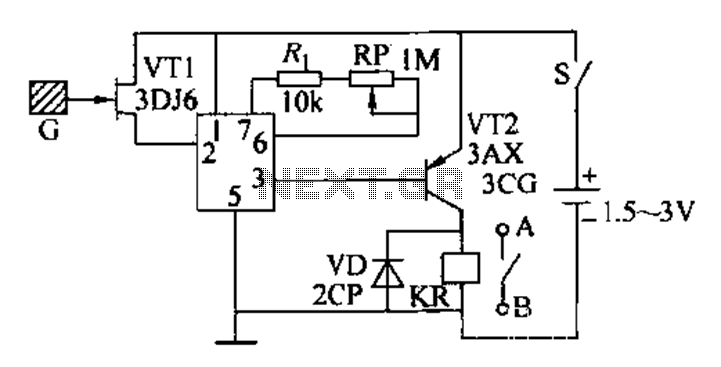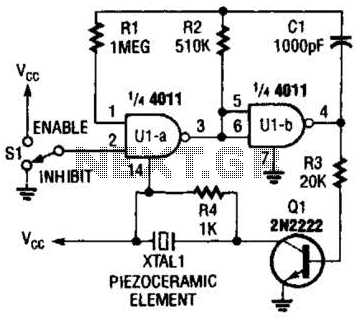
Touch Sensitive On/Off Circuit 555 Timer
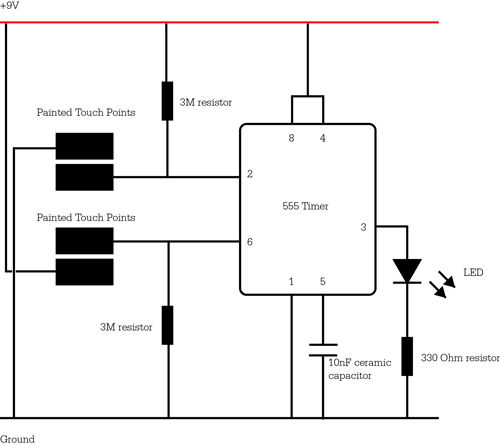
Ensure that connections are verified against the circuit diagram and schematic provided below. This can be utilized while following the tutorial video.
The circuit diagram serves as a crucial reference for accurately assembling electronic components in a project. It illustrates the arrangement and interconnections of various elements such as resistors, capacitors, diodes, and integrated circuits. Each component is typically represented by standardized symbols, allowing for easy identification.
In this case, the schematic includes detailed annotations indicating the values of components, such as resistance in ohms or capacitance in farads, along with the power supply specifications. The layout may also highlight the paths for current flow, ensuring that the user can trace the circuit effectively.
When following the tutorial video, it is imperative to cross-reference the diagram at each step of the assembly process. This practice minimizes the risk of errors, such as incorrect connections or component placements, which could lead to malfunction or damage to the circuit.
Additionally, attention should be given to the orientation of polarized components, such as electrolytic capacitors and diodes, as incorrect placements can result in circuit failure. Proper grounding techniques should also be observed, ensuring that all grounds are connected to a common point to avoid noise and interference.
In summary, utilizing the circuit diagram and schematic as a guide while assembling the project is essential for achieving a functional and reliable electronic circuit.Make sure to double-check your connections using the circuit diagram and schematic below. You can use this while you follow along in the tutorial vide.. 🔗 External reference
The circuit diagram serves as a crucial reference for accurately assembling electronic components in a project. It illustrates the arrangement and interconnections of various elements such as resistors, capacitors, diodes, and integrated circuits. Each component is typically represented by standardized symbols, allowing for easy identification.
In this case, the schematic includes detailed annotations indicating the values of components, such as resistance in ohms or capacitance in farads, along with the power supply specifications. The layout may also highlight the paths for current flow, ensuring that the user can trace the circuit effectively.
When following the tutorial video, it is imperative to cross-reference the diagram at each step of the assembly process. This practice minimizes the risk of errors, such as incorrect connections or component placements, which could lead to malfunction or damage to the circuit.
Additionally, attention should be given to the orientation of polarized components, such as electrolytic capacitors and diodes, as incorrect placements can result in circuit failure. Proper grounding techniques should also be observed, ensuring that all grounds are connected to a common point to avoid noise and interference.
In summary, utilizing the circuit diagram and schematic as a guide while assembling the project is essential for achieving a functional and reliable electronic circuit.Make sure to double-check your connections using the circuit diagram and schematic below. You can use this while you follow along in the tutorial vide.. 🔗 External reference
Warning: include(partials/cookie-banner.php): Failed to open stream: Permission denied in /var/www/html/nextgr/view-circuit.php on line 713
Warning: include(): Failed opening 'partials/cookie-banner.php' for inclusion (include_path='.:/usr/share/php') in /var/www/html/nextgr/view-circuit.php on line 713
